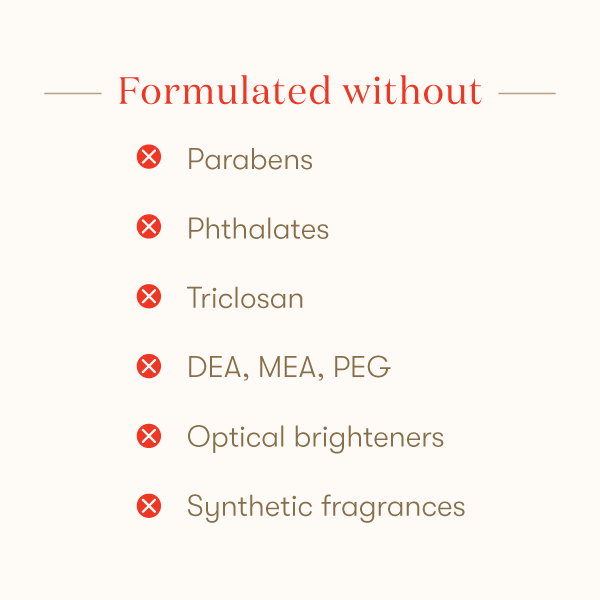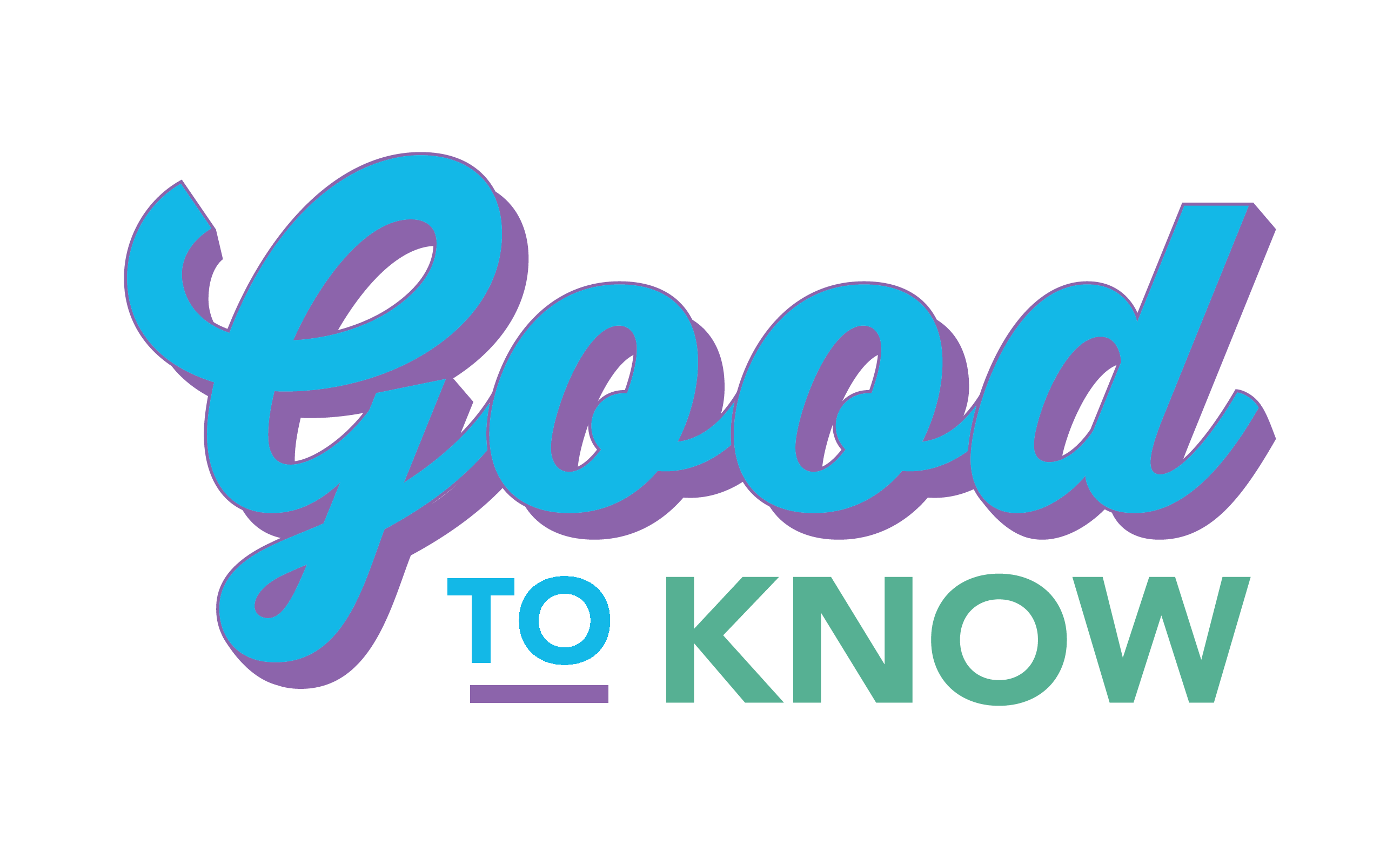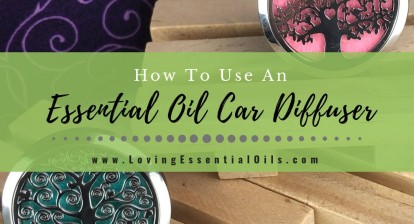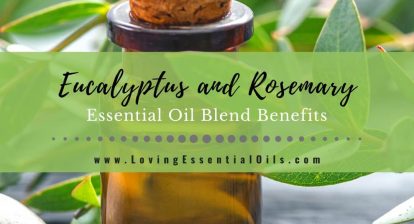What’s really in your cleaning products? The truth about endocrine disruptors and why it matters
The hidden chemicals in everyday cleaners
Unless you’ve been living under a rock or stranded on a deserted island for the past few decades, you already know that many household cleaners contain harmful chemicals.
Thanks to documentaries like The Human Experiment, the clean beauty trend, and low-tox influencers, we now know that toxic chemicals are hiding in plain sight in everyday products like toothpaste, makeup, and household cleaners. But did you know that some of these chemicals behave differently than others? And that even tiny amounts may impact your health?
They’re called endocrine-disrupting chemicals (EDCs)—and the scary part is many of them aren’t even required to be listed on labels.
Here’s what you need to know to protect yourself and your family.
What are endocrine disruptors?
Endocrine disruptors are chemicals that interfere with your body’s natural hormone system, potentially leading to hormone imbalances that affect your health in countless ways. Studies have linked EDCs to the trend of early puberty in girls, fertility issues, breast cancer, cardiovascular disease, and metabolic problems.
Infants and developing fetuses are especially vulnerable since their organs are still growing.
Common endocrine disruptors found in traditional cleaners
According to the Endocrine Society, out of 85,000 man-made chemicals, at least 1,000 may be endocrine disruptors—and only 1 percent have been studied for safety.
Here are some of the worst offenders hiding in everyday cleaning products:
- Phthalates: Found in scented detergents, air fresheners, and cleaning sprays; interfere with hormone signaling
- Parabens: Used as preservatives in cleaning products; mimic estrogen and disrupt hormonal balance
- Triclosan: An antibacterial agent in disinfectants; disrupts thyroid function
- BPA (Bisphenol A): Present in cleaning product packaging; mimics estrogen
- Nonylphenol and NPEs: Found in detergents and multi-purpose cleaners; alters estrogen activity
- PFAS: Present in stain-resistant and water-repellent sprays; linked to hormonal imbalances
- Chlorine and chlorinated compounds: Found in bleach and disinfectants; disrupts thyroid function
- Ammonia: Used in glass cleaners and polishing agents; can stress the endocrine system over time
- 1,4 Dioxane: Found in some detergents and household cleaners; linked to hormone disruption and carcinogenicity
- Sodium lauryl sulfate (SLS) and sodium laureth sulfate (SLES): Used in soaps and detergents; potential skin irritants that may impact hormone function
- Harsh chemicals: Includes various solvents and preservatives; can affect endocrine health
A 2022 study published in Ecotoxicology and Environmental Safety tested 11,000+ household products, including cleaners, synthetic detergents, fabric softeners, and air fresheners. Nearly two-thirds contained endocrine-disrupting chemicals.
Most of these chemicals were added as fragrances and preservatives—just one more reason to ditch artificially scented cleaners!
If endocrine disruptors are so bad, why aren’t they banned?
Many hormone-disrupting chemicals remain legal or minimally restricted because regulatory agencies assume chemicals are “innocent until proven guilty.” Even when scientific studies link certain chemicals to health issues, regulations can take a while to catch up.
And because EDCs don’t act like other chemicals, regulations may not account for all the ways that they can harm your health. With most chemicals, toxicity usually increases with higher exposure—but endocrine disruptors act like hormones, which follow different rules.
A tiny dose can trigger a big effect, while a larger dose might do nothing—or even have the opposite effect. This makes them harder to study and regulate.
How can you avoid endocrine disruptors?
EDCs sound scary, but small changes in your routine can make a big difference. Here’s how to reduce your exposure:
- Dust and vacuum often. Phthalates and other endocrine disruptors can build up in indoor dust, so keeping your house dust-free can help sweep them out.
- Avoid synthetic fragrances. Since phthalates are commonly found in fragrances, consider switching to fragrance-free or naturally scented products.
- Clean smarter. Swap conventional cleaners for eco-friendly, harsh chemical-free, or plant-based options.
Ditch the endocrine disruptors with Thieves® cleaning products
Our rebranded Thieves cleaning products deliver superior cleaning power without harsh chemicals or endocrine-disrupting ingredients.
Specifically, Thieves products are formulated without:
❌ Parabens
❌ Phthalates
❌ Triclosan
❌ DEA, MEA, PEG
❌ Optical brighteners
❌ Synthetic fragrances
Instead, they’re made with essential oils and plant-powered ingredients that actually work. At the heart of our Thieves products is Thieves® essential oil blend, which adds a warm, rich, and spicy aroma that makes your home smell incredible!

Safer swaps for a cleaner home
If you’re ready to kick harmful chemicals to the curb, start with these simple swaps:
- Thieves® Cleaner: A powerful, ultra-concentrated cleaner that replaces dozens of toxic products in your home
- Thieves® Kitchen & Bath Scrub: A mineral-based scrub that cuts through grime without bleach or ammonia
- Thieves® Fruit & Veggie Soak: An ultra-concentrated, plant-based soak that washes away dirt, pesticides, and other contaminants
- Thieves® Dish Soap: A residue-free, plant-based dish soap that cleans without harsh, synthetic surfactants
- Thieves® Dishwasher Tablets: Plastic-free tablets that deliver a spot-free clean without endocrine disruptors
- Thieves® Laundry Detergent: A six-times concentrated formula that’s free from synthetic brighteners and heavy perfumes
- Thieves® Multipurpose Cleaning Wipes: Biodegradable, plant-based wipes that are safe for hands, surfaces, and toys
- Thieves® Foaming Hand Soap Concentrate: Reduces plastic waste and delivers a hydrating, plant-based clean—free from harsh chemicals
Remember, you don’t have to overhaul everything overnight. Start with one swap, then another. Over time, these small changes add up to a healthier home and a healthier planet.
Want to learn more?
Download our Thieves Cleaning Guide for more tips on creating a safer, cleaner home.
Download the guide







